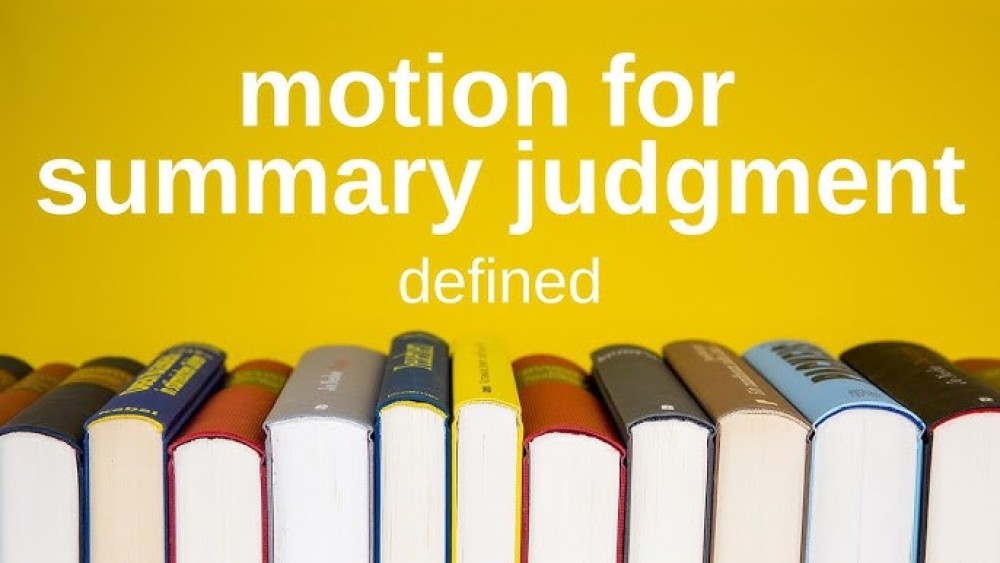Get Your Legal Documents Now!
Whether you are dealing with a complex family matter, facing criminal charges, or navigating the intricacies of business law, our mission is to provide you with comprehensive, compassionate, and expert legal guidance.

Not sure whether to file a motion for summary judgment or a judgment on the pleadings? Learn the differences in timing, legal standards, and strategic value.
Summary Judgment vs. Judgment on the Pleadings: What’s the Difference?
Introduction
In civil litigation, pretrial motions are often used to resolve cases or narrow issues before they reach trial. Two of the most commonly confused options are the motion for summary judgment and the motion for judgment on the pleadings. While both seek to avoid trial, they differ significantly in timing, purpose, legal standard, and evidentiary requirements.
Understanding these differences is critical to crafting the right litigation strategy. Filing the wrong motion—or filing it at the wrong time—can waste resources and undermine your case.
In this article, we break down the key distinctions between a motion for summary judgment and a judgment on the pleadings so you can use each effectively. For expertly drafted motions and litigation support, visit Legal Husk at legalhusk.com and legalhusk.com/services/civil-litigation.
1. What Is a Motion for Judgment on the Pleadings?
A motion for judgment on the pleadings (under Rule 12(c) in federal court) is filed after the pleadings are closed—typically after both parties have filed their complaint and answer.
Key Characteristics:
When It’s Used:
2. What Is a Motion for Summary Judgment?
A motion for summary judgment (under Rule 56 in federal court) is filed after discovery and is based on evidence outside the pleadings.
Key Characteristics:
When It’s Used:
3. Timing: When Can You File Each Motion?
Motion
Typical Filing Time
Judgment on the Pleadings
After pleadings close (complaint and answer filed)
Summary Judgment
After discovery is completed or near completion
Filing too early or too late may result in the motion being denied or dismissed.
4. Evidence Considered
Judgment on the Pleadings
Summary Judgment
5. Legal Standard
Judgment on the Pleadings
Summary Judgment
6. Strategic Considerations
Why Choose Judgment on the Pleadings?
Why Choose Summary Judgment?
7. When to Use One vs. the Other
Use judgment on the pleadings when:
Use summary judgment when:
8. Can You File Both in the Same Case?
Yes—but not at the same time. It’s common to:
This two-step approach can build momentum and show the court that you’re pursuing every legal avenue.
9. Risks of Filing the Wrong Motion
How Legal Husk Can Help You File the Right Motion
At Legal Husk, we offer tailored legal drafting and litigation strategy services to help you:
Visit:
Final Thoughts
Motions for judgment on the pleadings and summary judgment both play essential roles in litigation. But they are not interchangeable. The former attacks the legal sufficiency of pleadings, while the latter evaluates whether the facts support a trial. Understanding the differences will help you choose the right tool for the right stage of litigation.
📩 Need help deciding which motion to file or drafting one correctly? Visit Legal Husk today to purchase expert litigation drafting services and stay one step ahead.
Whether you are dealing with a complex family matter, facing criminal charges, or navigating the intricacies of business law, our mission is to provide you with comprehensive, compassionate, and expert legal guidance.
Comments